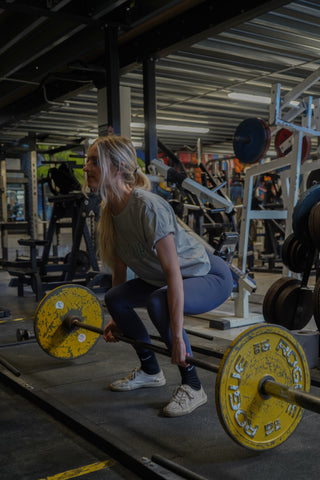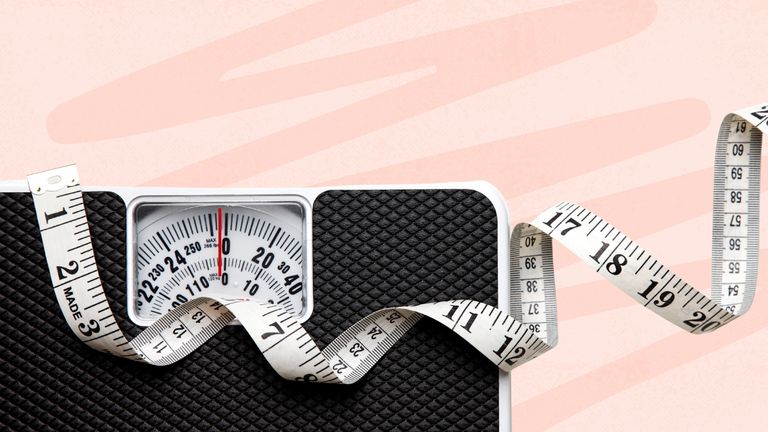The Ultimate Guide to Deadlifting: Benefits, Techniques, and Variations
Deadlifting is one of the most effective and functional exercises you can do in the gym. It's a compound movement that targets multiple muscle groups simultaneously, making it an excellent choice for building strength, muscle mass, and overall athleticism. Whether you're a beginner or an experienced lifter, mastering the deadlift can have significant benefits for your fitness journey. In this guide, we'll explore everything you need to know about deadlifting, including its benefits, proper techniques, and variations.
Benefits of Deadlifting
1. Builds Full-Body Strength: Deadlifting targets several major muscle groups, including the back, glutes, hamstrings, and core, making it a highly effective full-body exercise.
2. Increases Muscle Mass: Deadlifts are a compound movement that allows you to lift heavy weights, stimulating muscle growth and development.
3. Improves Functional Strength: Deadlifting mimics real-life movements like picking up heavy objects from the ground, making it a functional exercise that translates to everyday activities.
4. Enhances Posture and Core Stability: Deadlifting strengthens the muscles responsible for maintaining proper posture and core stability, reducing the risk of injury in daily life and other physical activities.
5. Boosts Metabolism: Deadlifts are a high-intensity exercise that can help increase your metabolic rate, leading to greater calorie burn and potential fat loss.
Proper Deadlift Technique
-
Setup: Stand with your feet hip-width apart, toes pointing forward. The barbell should be over the middle of your feet. Bend at your hips and knees to grip the barbell with an overhand grip, hands slightly wider than shoulder-width apart.

-
Positioning: Keep your back flat, chest up, and shoulders back. Engage your core and pull your shoulder blades down and back. Your hips should be higher than your knees, and your shins should be vertical.
-
Lift: Push through your heels and midfoot to lift the barbell, keeping it close to your body. As you lift, extend your hips and knees simultaneously, maintaining a neutral spine throughout the movement.
-
Lockout: Once you've reached a standing position, squeeze your glutes at the top of the movement and pull your shoulders back. Hold for a moment before lowering the barbell back to the ground under control.
-
Lowering the Bar: Hinge at your hips and bend your knees to lower the barbell back to the ground, maintaining a flat back throughout the movement.
Common Deadlift Variations
1. Conventional Deadlift: The most common variation, where you stand with your feet hip-width apart and grip the barbell with your hands outside your knees.
2. Sumo Deadlift: In this variation, you stand with your feet wider than shoulder-width apart and grip the barbell with your hands inside your knees.
3. Romanian Deadlift (RDL): This variation focuses more on the hamstrings and lower back. You start in a standing position with the barbell in front of your thighs and perform a hip hinge movement, keeping your legs relatively straight.
4. Trap Bar Deadlift: Using a trap bar, you stand inside the bar and grip the handles at your sides. This variation reduces stress on the lower back and is often easier for beginners.
5. Deficit Deadlift: In this variation, you stand on a raised platform or deficit and perform a standard deadlift. It increases the range of motion, making the lift more challenging.
Conclusion
Incorporating deadlifts into your workout routine can have numerous benefits for your strength, muscle mass, and overall fitness. By mastering proper technique and exploring different variations, you can maximize the effectiveness of this powerful exercise. Whether you're a beginner or an experienced lifter, deadlifting is an essential movement that should be included in any well-rounded strength training program. So, grab a barbell and start lifting – your body will thank you!




